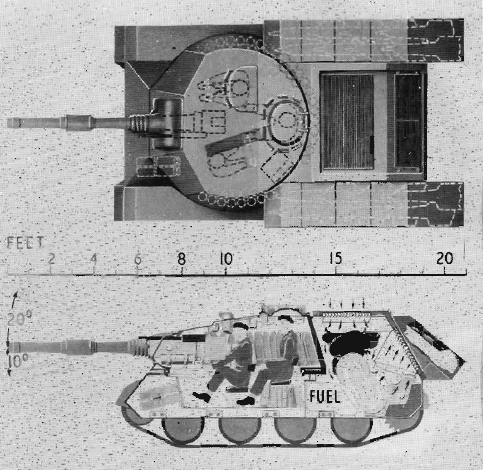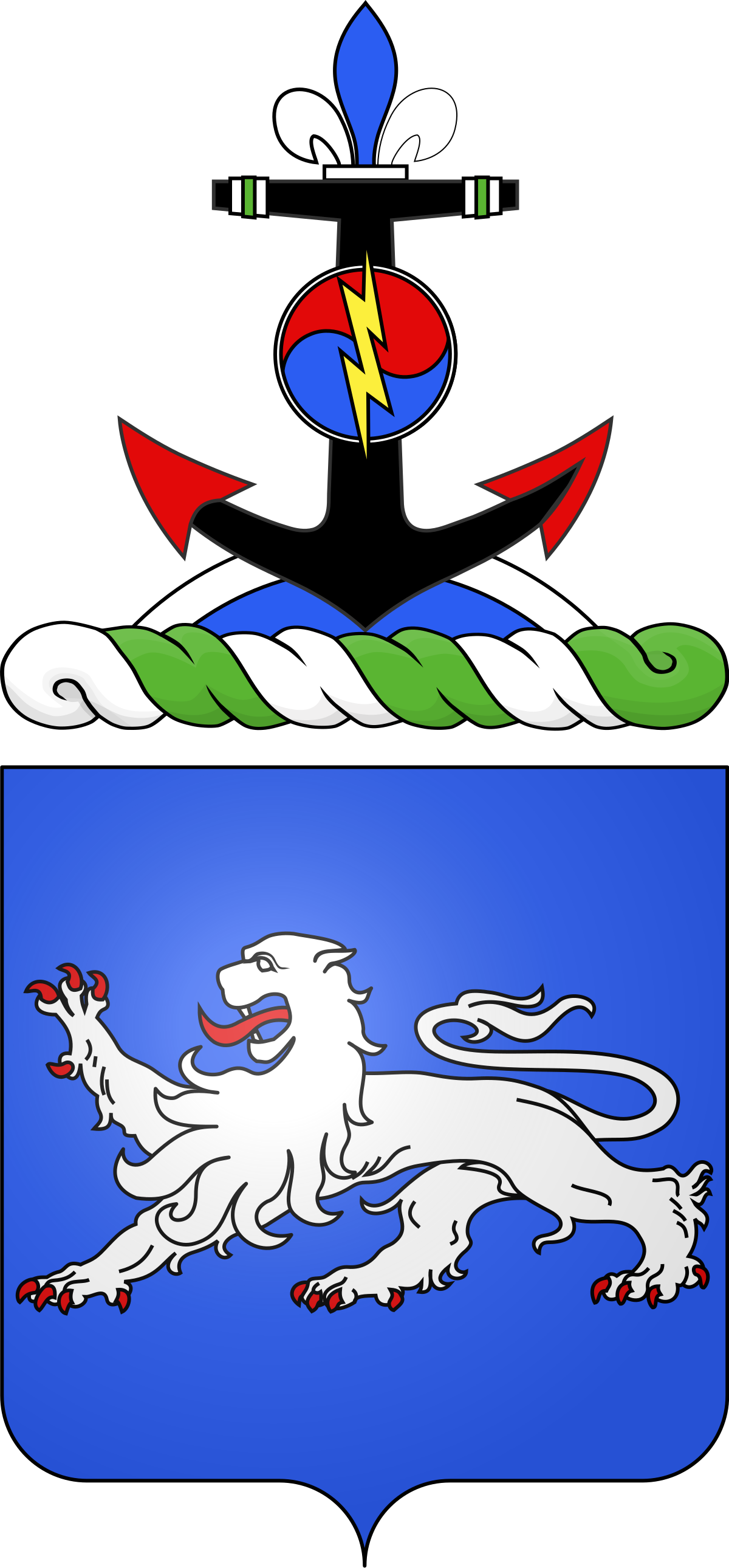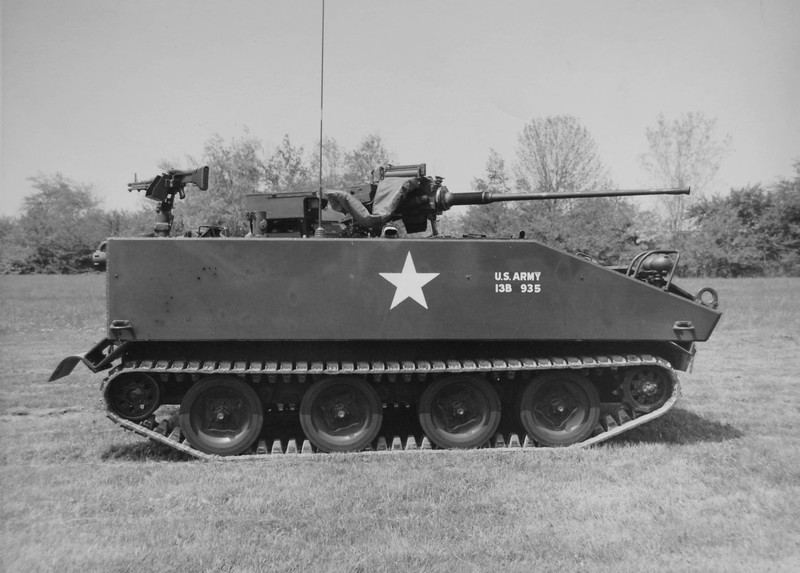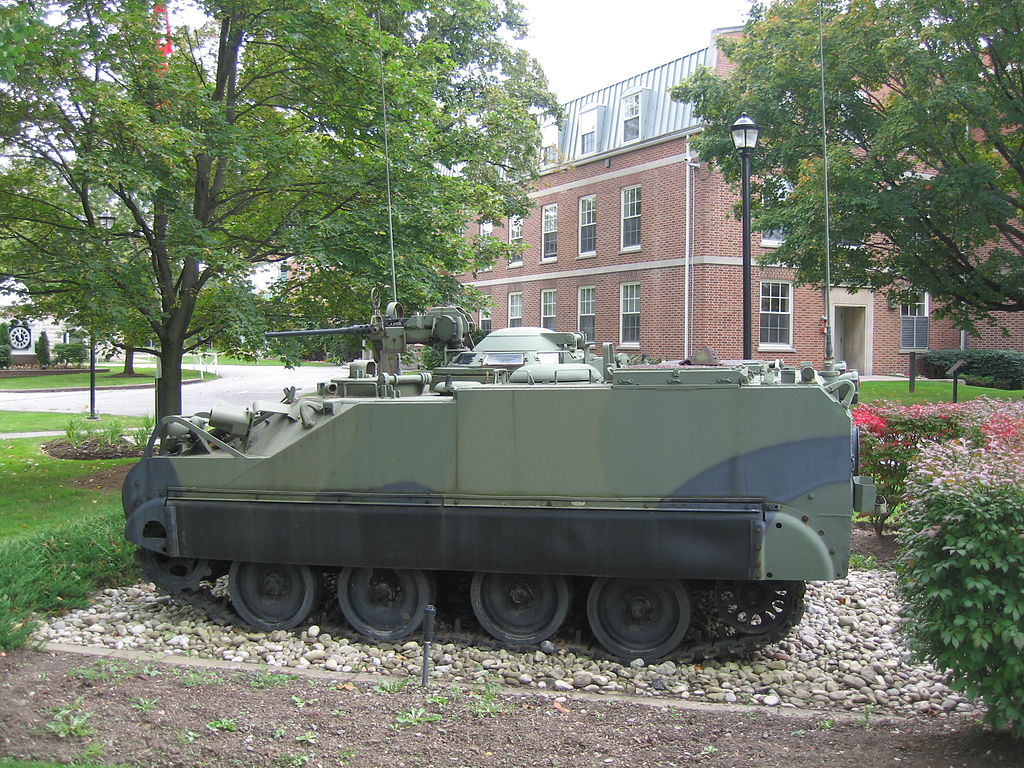I've been digging through old US Army Field Manuals, and the interesting thing is......the Airborne Divisions didn't really HAVE armor formally on their TOEs:
Berlin Information-center for Transatlantic Security - Analysis on Military,Security, Arms Control and nonprofilation issues
www.bits.de
Go to
FM 101 – Staff Officers’ Field Manuals section and dig through them.
For example the 1971 Airborne Division (TOE 57G) in FM 101-10-1 (1971) had:
(9x) Airborne Infantry Battalions
Combat Aviation Battalion
Engineer Battalion
Signals Battalion
MP Company
Div Arty (3 x Field Artillery Battalions, 105mm Towed)
Armored Cavalry Squadron
ADA Battalion (3 x Vulcan Platoons of 4 x Vulcan Squads each)
And digging into the Authorized Tables:
54 x 105mm Howitzers
24 x Towed Vulcan 20mm in the ADA Battalion
34 x OH-6A (9 x in DIVARTY, 4 x in Cmbt Aviation Bn, 9 in Arm Cav Squadron)
19 x UH-1B (11 in Arm Cav Squadron, 6 in Combat Aviation Battalion)
35 x UH-1D (6 in Arm Cav Squadron, 27 in Combat Aviation Battalion)
Hundreds of trucks (including 818 x Truck, Utility 1/4 Ton), but no armored vehicles at all.
Heaviest direct fire weapon is the 106mm RCL, of which 120 are in the division, with 12 of them in the Armored Cav Squadron.
The Armored Cav Squadron is:
1 x Air Cavalry Troop (17-78G)
---1 x Aeroscout Platoon
---1x Aero Rifle Platoon
---1x Air Cav AT/Rocket Platoon
2 x Armored Cavalry Troops (17-77G) with each Troop having:
26 x 1/4 Ton Jeeps
6 x 1/4 Ton Jeeps with 106mm RCL
4 x 3/4 Ton Trucks with Winch
2 x 3/4 Ton Trucks
Officially
The troops were organized into
3 x Armored Cav Platoons, with each platoon having a:
Scout Section
Tank Section
Support Section
Rifle Section
This is interesting, because according to
NOT JUST AN INFANTRYMAN’S WAR: UNITED STATES ARMORED CAVALRY OF THE VIETNAM WAR by BRIAN D. KERNS:
1965 Armored Cav Platoon before Vietnam:
1 x Jeep for Platoon Leader and a Scout Driver
4 x M114 in Scout Section
3 x M48A3 in Tank Section
1 x M113 in Rifle Section with a Rifle Squad
1 x M106 Mortar Carrier in Support Squad
Vietnam Era ACAV Armored Cav Platoon:
1 x M113 ACAV for Platoon HQ
4 x M113 ACAV in Scout Section
3 x M48A3 in Tank Section
1 x M113 in Rifle Section with a Rifle Squad
1 x M106 Mortar Carrier in Support Squad
Vietnam Era Armored Cav Platoon with Sheridan
1 x M113 ACAV for Platoon HQ
4 x M113 ACAV in Scout Section
3 x M551 Sheridan in Tank Section
1 x M113 in Rifle Section with a Rifle Squad
1 x M125/M106 Mortar Carrier in Support Squad
-----------------------------------------------------------------------
I think the US Army was treating the Armored Cav Squadron of the Airborne Division as a "plug as you go" unit; to be customized according to the specific needs of whatever operation required the 82nd; thus making a potentially "fully augmented" Armored Cav Squadron have:
18 x M551 Sheridan
36 x M113 ACAV
6 x M113 Mortar Carrier




